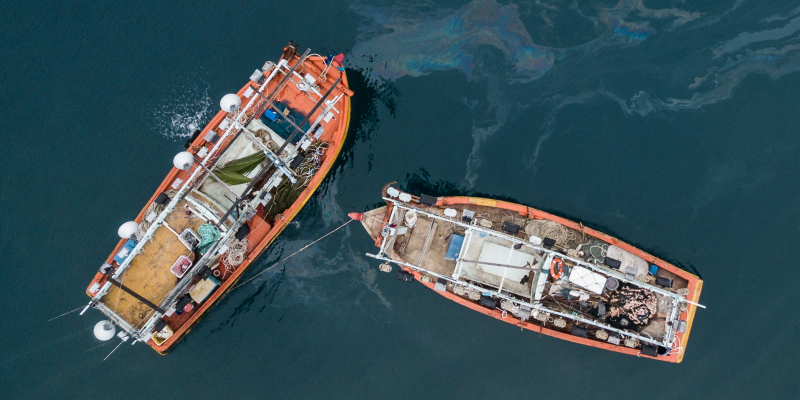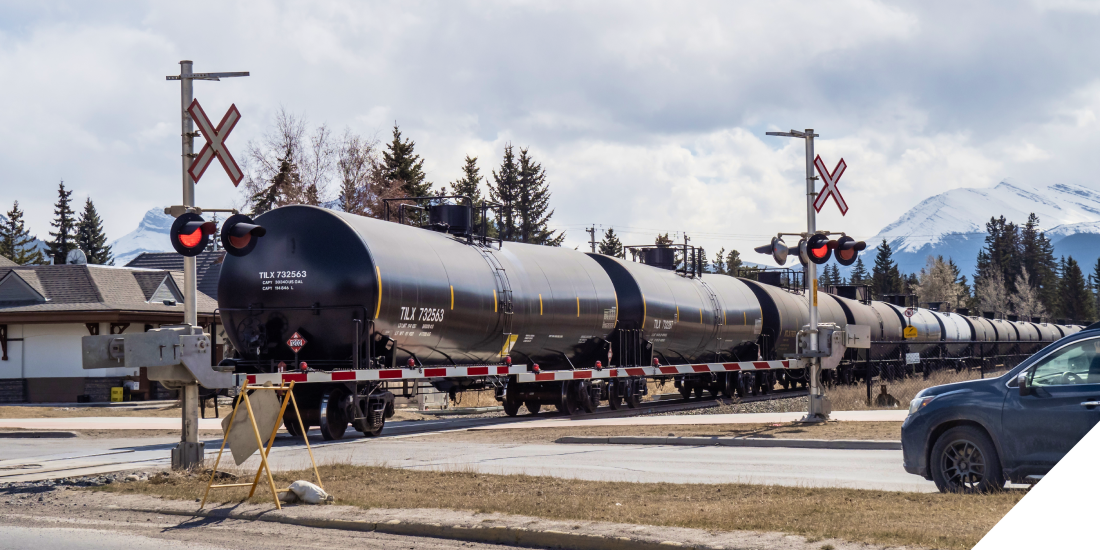
Ship and Rail Compensation Canada
We are here to guide you through the process and help you or your organization recover financially.
Ship and Rail Compensation Canada is an independent federal office managing two funds:
Have you suffered damages or losses, or helped with response efforts?
You may qualify for compensation.

Ship Fund
Compensation is available for anyone affected by oil pollution from ships or boats in Canadian waters.

Rail Fund
Compensation is available for anyone affected by a major rail accident involving crude oil.
Find out why the Rail Fund is not accepting claims at this time.
Upcoming events
Victoria, BC
Latest news
December 11, 2024
October 08, 2024
September 26, 2024
September 25, 2024





